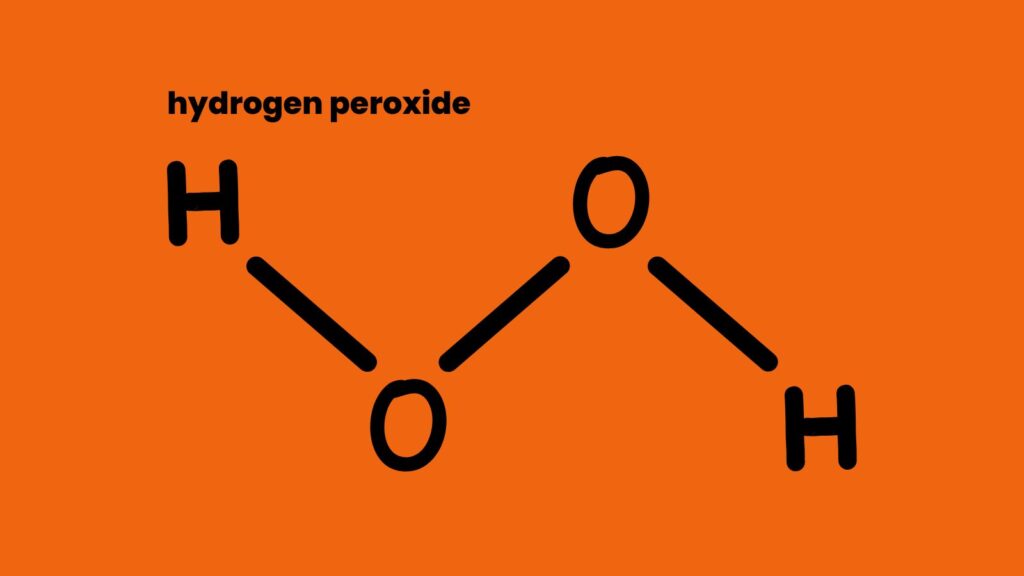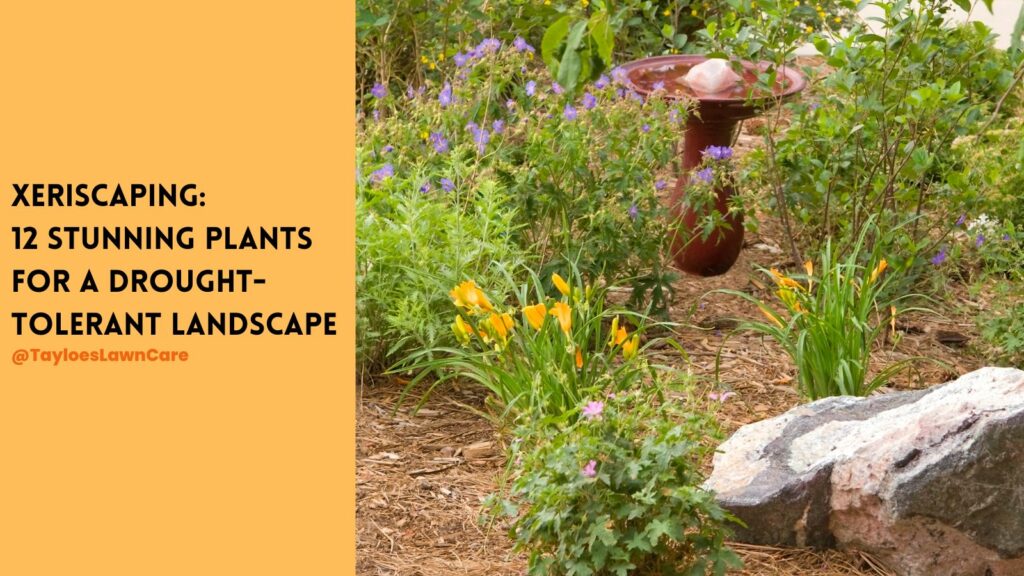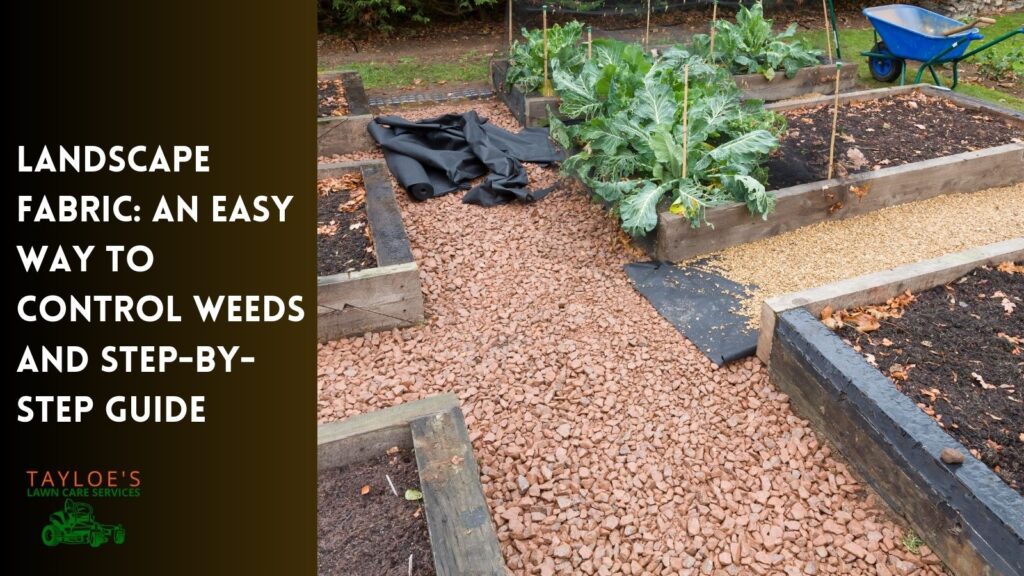Last Updated on: 29th January 2024, 01:37 pm
Prevent the spread of plant pathogens.
You know the rules about hand washing to prevent the spread of disease. Not only does hygiene prevent diseases, but it’s also necessary to keep your plants from spreading diseases. All it takes is an easy drugstore fix: Keep a bottle of hydrogen peroxide in the garden tools.
Much like invisible saboteurs, pathogens in the garden can cause havoc for even the most meticulously cared-for plants. These tiny culprits – bacteria, fungi, and viruses – thrive on the opportunity to spread, especially through the wounds created by pruning. We create an open door for these microorganisms when cutting a branch or deadheading a flower.
They latch onto the tools, waiting for the next cut to invade a new host. The results can be devastating: from the wilting of leaves to the death of entire plants, the impact is not just visual but can also interrupt the ecological balance of your garden.
Understanding this hidden threat is crucial. Each snip with an unclean tool can transfer pathogens from a diseased plant to a healthy one. Diseases like fire blight, bacterial canker, and various fungal infections can spread rapidly in this manner. Therefore, sterilizing pruning tools isn’t just about cleanliness; it’s vital to protecting the garden’s overall health and preventing the spread of these unseen enemies.
What Is Hydrogen Peroxide?
Hydrogen peroxide, a simple compound with the formula H2O2, is more than just a staple in first aid kits. It’s a powerful oxidizer that can break into water and oxygen, making it environmentally friendly and safe for various applications. Its bubbling action, familiar to many, is a sign of its reactive nature, especially effective in killing bacteria and viruses.
In the garden, hydrogen peroxide is a gentle yet potent disinfectant. Unlike harsh chemicals that might harm plants or linger in the soil, hydrogen peroxide offers a safer alternative. Its ability to decompose into harmless substances while destroying pathogens makes it an ideal candidate for cleaning pruning tools. Gardeners can use hydrogen peroxide to ensure their tools are physically clean and free from potentially harmful microorganisms.
Benefits of Using Hydrogen Peroxide in the Garden
Using hydrogen peroxide for cleaning pruning tools brings several benefits that align with the gardeners’ and the garden’s well-being. Firstly, its antimicrobial properties are robust. Hydrogen peroxide is effective against various pathogens, including those notorious for plant diseases. By applying it to pruning tools, you’re creating a barrier against the transmission of infections from one plant to another.
Secondly, its eco-friendly nature is a significant advantage. As gardeners, we strive to maintain harmony with nature. Hydrogen peroxide breaks down into two harmless things after use: water and oxygen. That means it leaves no harmful residues in the soil or on plants. That makes it an excellent choice for organic gardening practices, ensuring the ecological balance is maintained.
Moreover, the convenience and cost-effectiveness of hydrogen peroxide cannot be overstated. It is readily available, affordable, and easy to store. This accessibility makes it a practical solution for everyday garden maintenance. By incorporating hydrogen peroxide into your gardening routine, you’re choosing a method that is both efficient and sustainable, ensuring that your pruning tools are clean and safe for your plants and the environment.
Step-by-Step Guide to Cleaning Tools with Hydrogen Peroxide
Cleaning your pruning tools with hydrogen peroxide is a straightforward process. Here’s a simple guide to ensure your tools are not only clean but also pathogen-free:
- Preparation: Begin by physically removing dirt or plant residue from your tools. You can do this with a brush or cloth.
- Concentration: Use a 3% hydrogen peroxide solution, which is commonly available and safe for such applications. There’s no need to dilute this concentration for tool cleaning.
- Application: Soak a clean cloth in the hydrogen peroxide solution and thoroughly wipe the blades and handles of your pruning tools. Alternatively, you can put the solution into a spray bottle and mist it directly onto the tools, ensuring all surfaces are covered.
- Contact Time: Allow the hydrogen peroxide to sit on the tools for at least a few minutes. This contact time is crucial for the solution to kill any pathogens present effectively.
- Rinsing: After the contact time, rinse the tools with clean water to remove any last hydrogen peroxide residue. This step is essential to prevent the solution from potentially affecting the plants during the next use.
- Drying: Dry the tools completely before storing them. Moisture can promote rust formation, so ensuring the tools are dry is as important as cleaning them.
- Regular Maintenance: Make cleaning your tools routine after each use, especially when moving between different plants or areas in your garden.
By following these simple steps, you can keep your pruning tools in top condition, minimize the spread of disease in your garden, and ensure a healthy environment for your plants.
Safety Tips and Best Practices
While hydrogen peroxide is a safer choice than harsh chemical disinfectants, it’s important to handle it with care:
- Personal Protection: Wear gloves when handling hydrogen peroxide, especially if you have sensitive skin. Eye protection is also recommended to prevent accidental splashes.
- Proper Storage: Store hydrogen peroxide in its original container, away from direct sunlight and heat. That’s because it can decompose in light and warmer temperatures. (That’s why you find it in brown bottles at the pharmacy.)
- Concentration Awareness: Stick to a 3% solution for garden tools. Higher concentrations can be hazardous.
- Environmental Consideration: Use it sparingly and responsibly, considering its effects on your garden’s ecosystem.
When you follow these guidelines, you will ensure you have safe and effective use of hydrogen peroxide in the garden.
The Takeaway: Keep a Spare Bottle of Hydrogen Peroxide in the Garden:
The health of your garden significantly depends on the practices you adopt in maintaining your tools. Using hydrogen peroxide to clean pruning tools is an effective, eco-friendly, and simple method to prevent the spread of pathogens. This practice, coupled with regular tool maintenance, plays a key role in protecting the well-being of your plants. By following this careful gardening habit, you nurture your garden and contribute to a healthier, more sustainable environment. Remember, a clean tool is a friend to a garden, and hydrogen peroxide is a key method in keeping it so.
Author Profile

- Deborah Tayloe is the CEO and co-founder of Tayloe's Lawn Care Services, LLC. She has a B.S.Ed and holds certificates in soil and water management and herbology from accredited programs.
Latest entries
 Trees and ShrubsApril 22, 2025Boxwood Blight: Early identification and isolation
Trees and ShrubsApril 22, 2025Boxwood Blight: Early identification and isolation Flower GardenApril 8, 2025John F. Kennedy Rose: Hybrid tea rose with elegant white blooms
Flower GardenApril 8, 2025John F. Kennedy Rose: Hybrid tea rose with elegant white blooms Vegetable GardenMarch 24, 2025Trellis vegetables provide an abundant vertical garden harvest
Vegetable GardenMarch 24, 2025Trellis vegetables provide an abundant vertical garden harvest GardeningMarch 17, 2025Are coffee grounds good for compost?
GardeningMarch 17, 2025Are coffee grounds good for compost?








